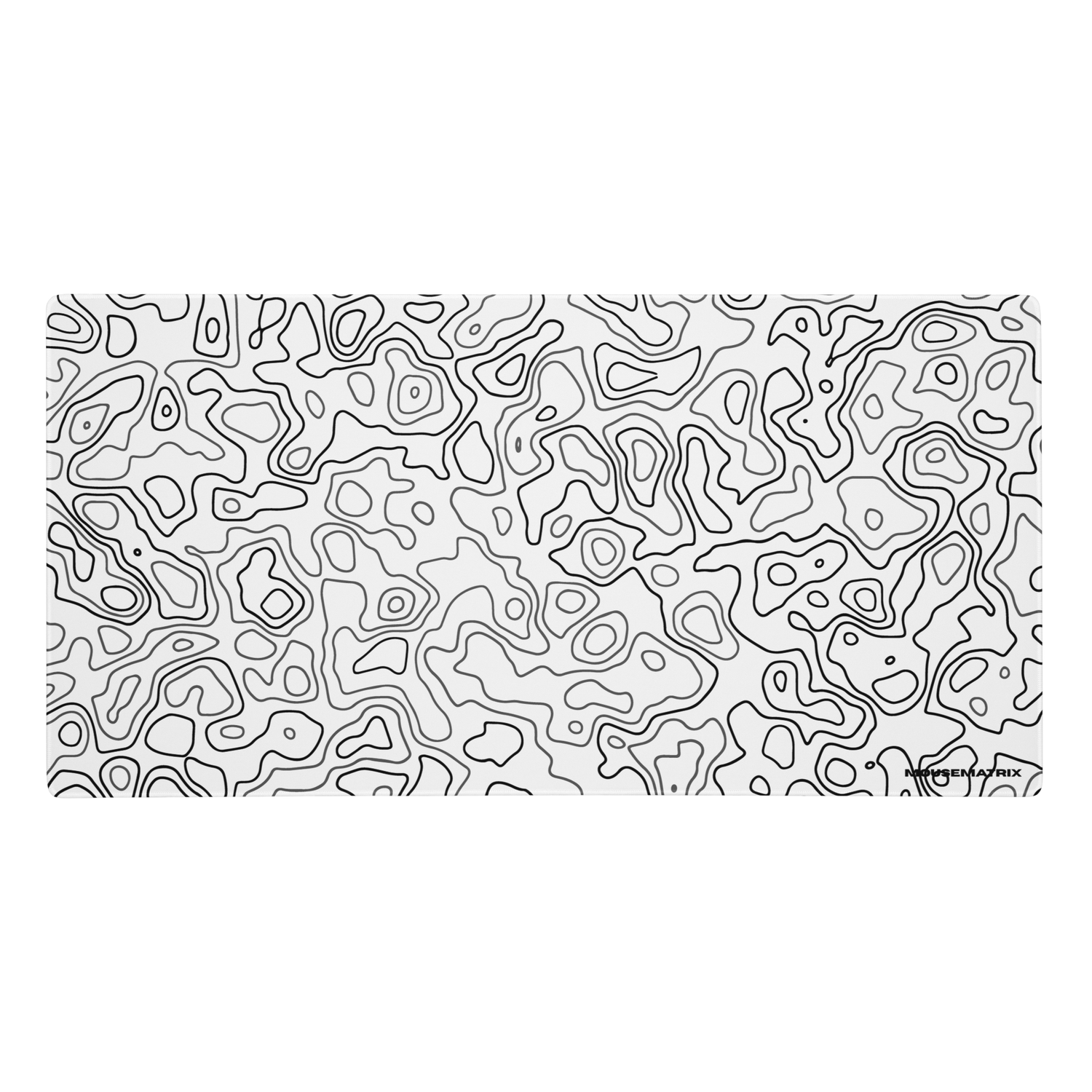Desk Mat vs. Mouse Pad: Unveiling the Differences
If you're someone who spends a significant amount of time in front of a computer, you've probably heard of both desk mats and mouse pads. These accessories are designed to enhance your computing experience, but they serve slightly different purposes. In this article, we'll dive into the world of desk mats and mouse pads, exploring their differences and helping you decide which one suits your needs better.
Desk Mat: Defining the Workspace
A desk mat, as the name suggests, is a larger accessory that covers a substantial portion of your desk's surface. Think of it as a protective layer that defines your workspace. Here's why a desk mat might be the right choice for you:
1. Ample Surface Coverage
Unlike a mouse pad, which is designed primarily for your mouse, a desk mat covers a larger area. This means you have more space to place not just your mouse, but also your keyboard, laptop, and other accessories. A desk mat offers a consistent surface for all your activities, making it particularly beneficial if you have a cluttered desk or use multiple devices simultaneously.
2. Organization and Aesthetics
Desk mats often come with features like calendar templates, to-do lists, and other organizational elements printed on them. This helps you keep track of your tasks, appointments, and important dates without cluttering your digital workspace. Additionally, desk mats can enhance the aesthetics of your desk, adding a touch of personality and style to your setup.
3. Protection for Your Desk
Constantly moving your mouse and other peripherals on your desk can lead to scratches, scuffs, and wear over time. A desk mat acts as a protective barrier, shielding your desk from these potential damages. This is particularly useful if you have a wooden desk or a surface that you want to keep in pristine condition.
Mouse Pad: Precision and Comfort
A mouse pad, on the other hand, is a smaller accessory that focuses specifically on optimizing your mouse's performance. Let's explore why a mouse pad might be the right fit for you:
1. Enhanced Mouse Control
The primary purpose of a mouse pad is to provide a smooth and controlled surface for your mouse to glide on. This is essential for tasks that require precision, such as graphic design, gaming, and detailed editing. The texture of a mouse pad ensures that your mouse movements are accurate and predictable, minimizing the frustration of cursor inaccuracies.
2. Ergonomics and Wrist Support
Some mouse pads come with wrist support features that are designed to alleviate wrist strain during extended computer use. This is especially beneficial if you're prone to discomfort or pain in your wrist and forearm. A mouse pad with wrist support allows for more comfortable and ergonomic mouse usage.
3. Portability and Convenience
Mouse pads are compact and easy to carry, making them ideal for people who are frequently on the move. If you use a laptop or work in various locations, a mouse pad can provide a consistent surface for your mouse, regardless of where you are.
Choosing What's Right for You
In the desk mat vs. mouse pad debate, the choice ultimately depends on your preferences, needs, and how you use your computer. If you're looking to organize your workspace, protect your desk's surface, and add a personal touch, a desk mat might be the way to go. On the other hand, if you're focused on optimizing your mouse's performance, enhancing comfort, and maintaining portability, a mouse pad could be the perfect match.
In some cases, you might even decide to have both accessories. Use a desk mat to define your workspace and provide an organized surface, and complement it with a mouse pad for enhanced mouse control and wrist support. Whichever path you choose, remember that both desk mats and mouse pads offer unique benefits that can contribute to a more comfortable, efficient, and enjoyable computing experience.

